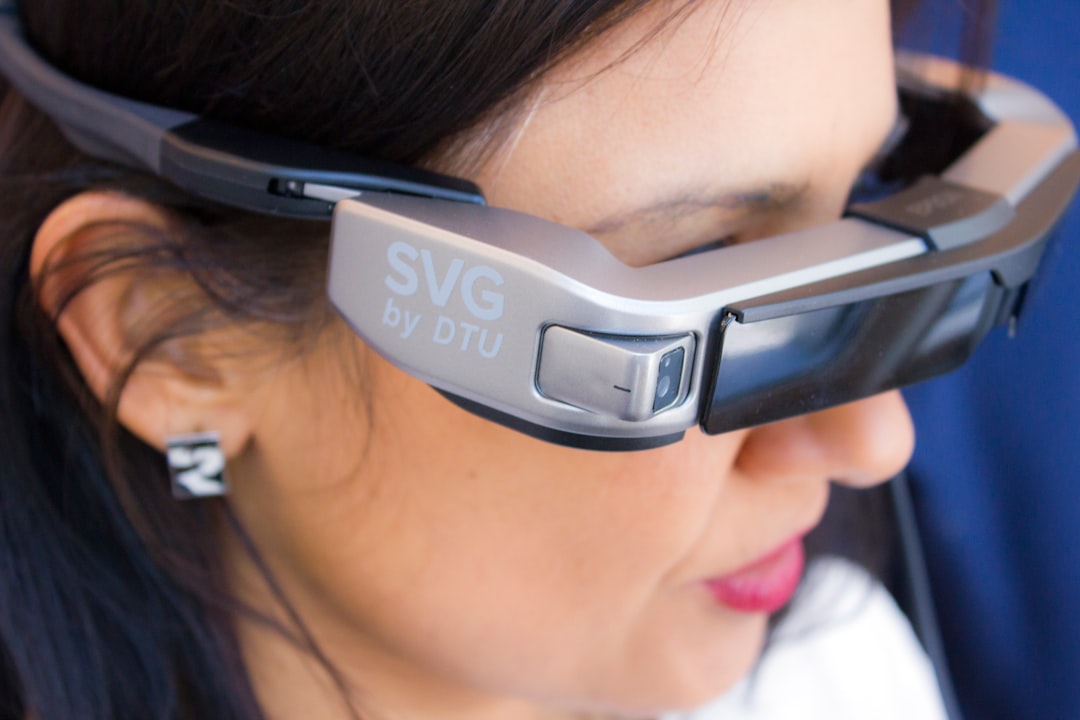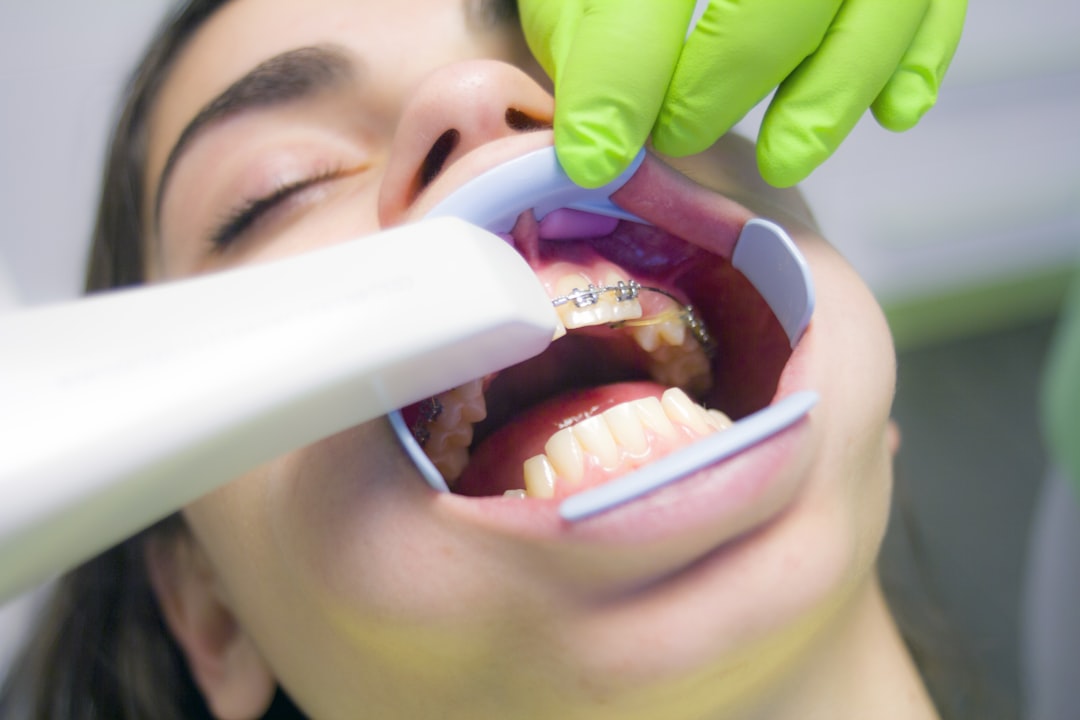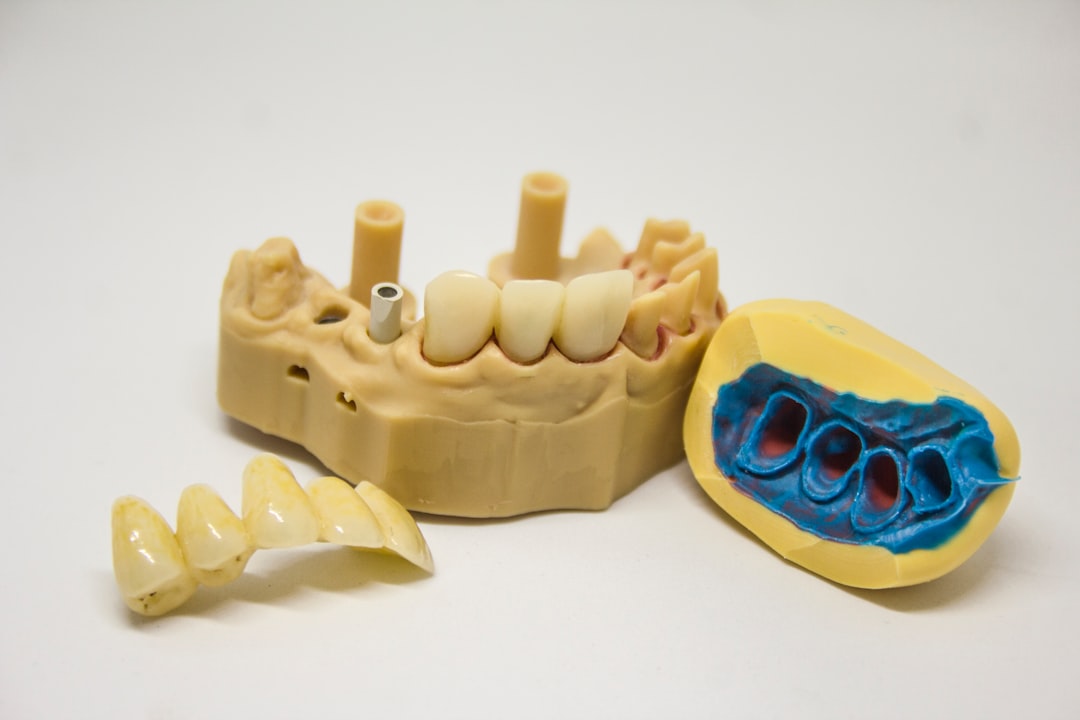Revolutionizing Dental Care
Digital Dentistry: A Transformative Approach to Modern Dental Care – Explore the role of digital technology in dentistry, the key digital dental technologies and their applications, the benefits of digital dentistry, the impact on prosthodontics and implant dentistry, the importance of manual skills alongside digital processes, the costs and investments in digital dental technology, emerging trends and future advancements, and the training and education required to effectively utilize digital dental technologies.

Digital Dentistry: A Transformative Approach to Modern Dental Care
Digital dentistry has rapidly evolved, revolutionizing the traditional methods of dental care. The integration of advanced digital technologies has significantly enhanced the precision, efficiency, and overall patient experience in dental practices. This article delves into the various aspects of dental technology and digital dentistry, exploring its benefits, applications, impact on prosthodontics and implant dentistry, the role of manual skills and experience, costs and investments, emerging trends, and the importance of training and education in this transformative field.
The Role of Digital Technology in Modern Dentistry
In the modern landscape of dentistry, digital technology plays a pivotal role in transforming the way dental practices operate. From scanning to manufacturing restorative work, digital workflows have become essential, covering all facets of dental care. It has not only improved the accuracy and efficiency of various procedures but also facilitated seamless integration between different disciplines within dental practices. For instance, the utilization of digital technology in dental laboratories has led to increased productivity, allowing technicians and clinicians to work more productively and deliver enhanced patient experiences.
The adoption of digital processes in dental practices has been a game-changer, leading to a significant shift from traditional methods to more advanced and streamlined approaches. This transition has been evident in various aspects, such as the implementation of digital impressions, treatment planning, and product manufacturing, which have all benefited from the precision and automation offered by digital workflows. For instance, dentists like Dr. Park have integrated full chairside CAD/CAM systems, including intraoral scanners, milling machines, furnaces, and 3D printers, drastically reducing the time required for processes that once took an entire day to just about an hour. These examples underscore the transformative impact of digital technology in modern dentistry, setting new standards for patient care and treatment outcomes.
 Key Digital Dental Technologies and Their Applications
Key Digital Dental Technologies and Their Applications
Digital dental technologies encompass a wide array of tools and systems that have revolutionized the landscape of dental treatments. Among these, CAD/CAM systems, intraoral scanners, and 3D printing stand out as key examples that have reshaped the way dental procedures are carried out. Intraoral scanners, for instance, have revolutionized the process of taking digital impressions for various dental treatments, eliminating the need for traditional impression materials and significantly reducing chair time. Furthermore, the utilization of 3D printing has enabled the production of a variety of dental items and models, offering a cost-effective and efficient approach to manufacturing dental prostheses and restorative solutions.
The impact of digital dental technologies extends beyond mere efficiency and precision. It has also played a vital role in transforming treatment outcomes and patient experiences in various branches of dentistry. For instance, digital orthodontic care technologies have significantly improved the accuracy and efficiency of treating mal-positioned teeth, ultimately enhancing the quality of orthodontic treatments. These examples underscore the versatility and transformative potential of digital dental technologies, showcasing their diverse applications and positive impact on the field of dentistry.
Benefits of Digital Dentistry
The benefits of digital dentistry over traditional methods are multifaceted, encompassing improvements in accuracy, efficiency, and productivity within dental practices. These digital tools have not only enhanced diagnostic processes and clinical practices but have also facilitated better communication with patients and streamlined treatment planning [4]. Additionally, the implementation of innovative restorative solutions and prostheses with a full digital workflow has opened up new possibilities for dental care, offering more precise and effective treatment options.
The transformative impact of digital dentistry is evident in its ability to significantly improve patient experiences, treatment outcomes, and the overall efficiency of dental practices. This has been made possible through the introduction of digital workflows that have streamlined various processes, reducing the time required for certain procedures and enhancing the overall quality of care. For example, the utilization of digital technology has facilitated standardized, easier, and repeatable clinical procedures, ultimately benefiting both dental practitioners and their patients. These advancements highlight the pivotal role of digital dentistry in shaping the future of dental care and its potential to further enhance patient outcomes and treatment experiences.
 Impact of Digital Technology on Prosthodontics and Implant Dentistry
Impact of Digital Technology on Prosthodontics and Implant Dentistry
The impact of digital technology on prosthodontics and implant dentistry has been profound, leading to improved treatment outcomes and patient experiences. One notable example is the introduction of intraoral scanners and advanced fabrication processes, which have enabled the implementation of innovative metal-free dental materials like PEEK. This has expanded the possibilities for dental restorations and prostheses, offering patients more durable and aesthetically pleasing treatment options. Additionally, digital tools have significantly transformed communication, sharing, acquisition, design, and production processes, ultimately enhancing the comfort and satisfaction of dental patients.
The advancements in digital technology have paved the way for more precise and predictable treatment outcomes in prosthodontics and implant dentistry. For instance, implant surgical guide technology and virtual smile design have played a crucial role in revolutionizing treatment planning and execution, offering dental practitioners more accurate and efficient methods for delivering optimal patient care. These examples underscore the transformative impact of digital technology on prosthodontics and implant dentistry, highlighting its potential to further enhance treatment outcomes and patient experiences in these specialized fields of dentistry.
 The Role of Manual Skills and Experience in Digital Dentistry
The Role of Manual Skills and Experience in Digital Dentistry
While digital processes have revolutionized modern dentistry, the role of manual skills, experience, and human judgment remains essential in ensuring the quality and effectiveness of dental treatments. Clinicians must make informed operative choices based on a comprehensive understanding of the biological, technical, and clinical aspects of dental care, emphasizing the continued importance of manual expertise alongside digital advancements. This integrated approach ensures that the benefits of digital dentistry are maximized while upholding the highest standards of patient care and treatment outcomes.
The integration of manual skills and experience alongside digital processes is crucial in maintaining a patient-centered approach to dental care. For instance, the ability of clinicians to adapt and apply their expertise in conjunction with digital technologies enables them to address the unique needs and preferences of individual patients, ensuring that each treatment is personalized and tailored to deliver the best possible outcomes. This integrated approach underscores the complementary nature of manual skills and digital technologies in modern dentistry, highlighting their collective impact on enhancing patient care and treatment experiences.
The Costs and Investments in Digital Dental Technology
The integration of digital dental technology requires careful consideration of costs and investments to ensure optimal utilization and efficiency. Intraoral scanners, essential for digital impressions, can cost between $5,000 and $23,000, necessitating training to manage variables that can impact scanning accuracy. Similarly, CBCT devices, vital for treatment planning and diagnostics, can cost between $50,000 and $100,000, emphasizing the need for appropriate training and continuing education before investment. Therefore, dentists and dental professionals must undergo continuous education and training to effectively utilize digital dental technologies, ensuring accurate and efficient implementation.
The investments associated with digital dental technology extend beyond the initial costs of acquiring the necessary equipment. It also encompasses the need for ongoing training and education to keep abreast of the latest advancements and best practices in utilizing digital technologies in dental practices. For instance, dentists can take continuing education courses on introducing 3D printing into their workflows, emphasizing the importance of staying updated and informed in this rapidly evolving field. These investments in training and education are essential in maximizing the potential of digital dental technologies, ultimately benefiting both dental practitioners and their patients.
Emerging Trends and Future Advancements in Dental Technology
The landscape of dental technology is continuously evolving, with constant updates of clinical tools, techniques, and scientific data shaping its future development. Future trends and advancements in dental technology are expected to further enhance patient care, treatment outcomes, and the overall efficiency of dental practices, emphasizing the importance of staying updated and informed in this rapidly evolving field. The integration of digital technologies in dentistry is poised to usher in new possibilities and treatment options, ultimately benefiting both dental practitioners and their patients.
The future of dental technology holds promising advancements that are set to redefine the landscape of dental care. For instance, the continued development of digital workflows and clinical tools is expected to offer more precise and efficient methods for diagnosing and treating dental conditions, ultimately leading to improved patient outcomes and experiences. Additionally, the integration of innovative materials and fabrication processes is likely to expand the scope of restorative solutions and prostheses, offering patients more durable and aesthetically pleasing treatment options. These emerging trends underscore the potential for digital dentistry to continue shaping the future of dental care, with constant updates and ongoing education playing a crucial role in harnessing these advancements for the benefit of both dental practitioners and their patients.
Training and Education in Digital Dentistry
Appropriate training and continuing education are imperative for dentists and dental professionals to effectively utilize digital dental technologies. This ensures accurate and efficient implementation, ultimately benefiting both the practitioners and their patients. The ongoing updates of clinical tools, techniques, and scientific data will be crucial for understanding the potential development of digital dentistry in the coming decades, highlighting the significance of continuous education and skill development in this transformative field. The integration of digital technologies in dentistry necessitates a commitment to ongoing education and skill development to ensure that dental practitioners can effectively leverage these advancements for the benefit of their patients.
The importance of training and education in digital dentistry extends beyond the technical aspects of utilizing digital technologies. It also encompasses the need for dental practitioners to stay abreast of the latest advancements, best practices, and emerging trends in the field. For instance, constant updates of clinical tools, techniques, and scientific data will be necessary to understand the potential development of digital dentistry in the following decades, highlighting the importance of ongoing education and skill development. This commitment to ongoing education and skill development is essential in ensuring that dental practitioners are well-equipped to leverage the full potential of digital dental technologies, ultimately benefiting both the practitioners and their patients.
 Conclusion
Conclusion
In conclusion, digital dentistry has revolutionized modern dental care, offering a transformative approach that enhances patient experiences and treatment outcomes. The integration of digital technology in dentistry has paved the way for more accurate, efficient, and innovative dental practices, shaping the future of dental care.
Frequently Asked Questions (FAQs)
- What are the benefits of digital dentistry over traditional methods? Digital dentistry offers enhanced accuracy, efficiency, and productivity in dental practices, leading to improved diagnostic processes, better communication with patients, and streamlined treatment planning.
- How does digital technology improve accuracy and efficiency in dentistry? Digital technology enhances accuracy, automation, speed, and integration between disciplines in dental practices, leading to more precise and predictable treatment outcomes.
- What are some examples of digital dental technologies used in modern dentistry? Examples of digital dental technologies include CAD/CAM systems, intraoral scanners, and 3D printing, which have revolutionized dental treatments and procedures.
- What are the latest advancements in digital dentistry and dental technology? Digital dentistry has seen advancements in digital restorative solutions, implant surgical guide technology, and virtual smile design, leading to improved treatment outcomes and patient experiences.
- How do digital workflows impact the productivity of dental laboratories and practices? Digital workflows have improved productivity in dental laboratories and practices, leading to more efficient processes and enhanced patient experiences.
- What role do manual skills, experience, and human judgment play alongside digital processes in dentistry? Manual skills, experience, and human judgment remain essential alongside digital processes, ensuring the quality and effectiveness of dental treatments. Clinicians must make informed choices based on a comprehensive understanding of dental care.
- What factors should be considered when entering the digital world of dentistry? Dentists and dental professionals must carefully analyze and evaluate the costs, investments, and training requirements associated with digital dental technologies before their integration into dental practices.
- How has digital technology revolutionized prosthodontics and implant dentistry? Digital technology has revolutionized prosthodontics and implant dentistry, leading to improved treatment outcomes, the implementation of innovative dental materials, and enhanced communication and production processes.
- What are the costs and training requirements associated with intraoral scanners and 3D printing in dentistry? Intraoral scanners and 3D printing in dentistry require investments ranging from $5,000 to $23,000 and necessitate training to manage variables that can impact accuracy. Similarly, dentists need appropriate training and education to effectively introduce 3D printing into their workflows.
- How has digital dentistry impacted treatment planning, communication with patients, and clinical practices in dentistry? Digital dentistry has significantly improved treatment planning, communication with patients, and clinical practices, offering more precise diagnostic processes, streamlined workflows, and innovative restorative solutions.
